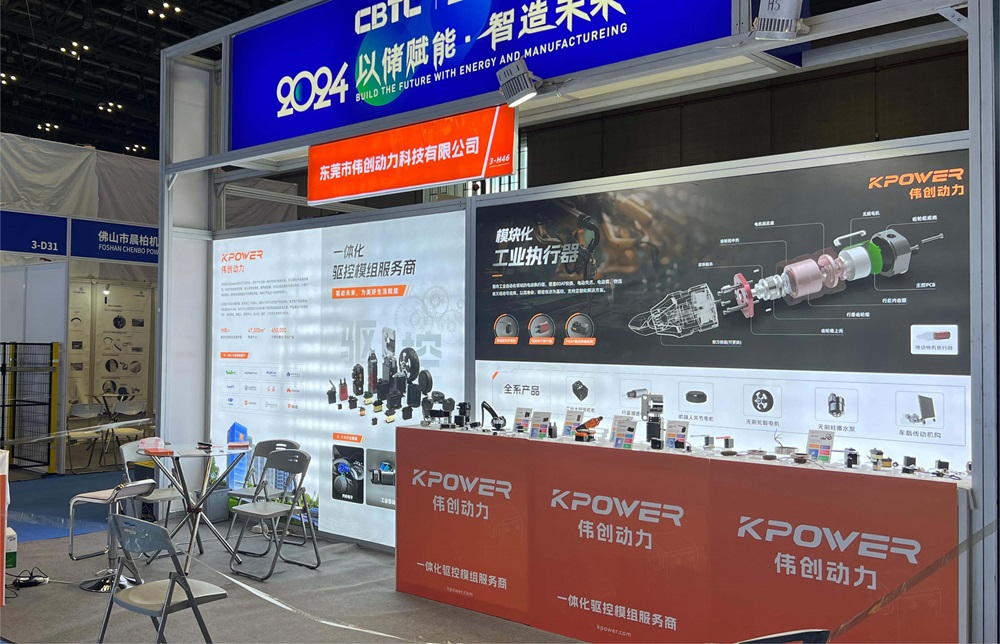Certainly! Here is the first part of a soft, engaging article on the theme "Servo Motor AC or DC":
Imagine fine-tuning a high-performance sports car, carefully adjusting every detail to ensure the perfect ride. That’s how engineers feel when they work with servo motors — the unsung heroes of precision control in modern machinery. Whether used in robotics, CNC machines, drones, or even camera autofocus systems, servo motors are vital components that bring accuracy, speed, and reliability into play.

But the world of servo motors isn’t one-size-fits-all. It’s a nuanced landscape, especially when it comes to the two main types: AC and DC servo motors. Each has its unique strengths, design features, and ideal applications, and understanding their differences can unlock a new level of insight into automation and mechanical precision.
Let’s start with the basics. The term "servo motor" refers to a rotary or linear actuator that allows precise control of angular or linear position, velocity, and acceleration. Unlike standard motors that spin continuously, servo motors incorporate feedback systems — typically encoders or resolvers — that constantly monitor and adjust the motor's position or speed, maintaining exact control. This feedback loop is what makes servo motors so essential in automation scenarios where accuracy is paramount.
AC Servo Motors: Originating from the traditional industrial motor landscape, AC servo motors are powered by alternating current. They are renowned for their robustness, high-speed capabilities, and low maintenance needs. These motors operate with a magnetic field generated by AC power that interacts with the rotor, which is often a permanent magnet or wound rotor. The inverter or controller plays a key role here, converting DC into AC signals, precisely controlling phase and frequency to regulate the motor's movement.
One of the standout features of AC servo motors is their ability to deliver high torque at high speeds. They tend to be more resilient in harsh environments and are preferred in applications requiring continuous operation with minimal downtime. Their design often includes efficient cooling mechanisms, allowing for extended use under demanding conditions.
DC Servo Motors: On the flip side, DC servo motors are powered directly by direct current, making their control schemes somewhat more straightforward. They typically feature a wound rotor, brushes, and a commutator that work together to switch current and control the motor's magnetic field. Because of this design, DC servo motors can provide a very high starting torque and are easy to control over a wide range of speed and torque conditions.
Control simplicity is a hallmark of DC motors. With the help of appropriate drivers and controllers, engineers can adjust speed and torque with high precision. However, the brushes and commutator require regular maintenance, and the motor's exposure to wear and tear can be a limiting factor in some environments. Still, their rapid response and fine control capabilities make them ideal for applications where quick adjustments are needed, such as in robotics or aerospace components.
As we delve deeper, you'll see that the choice between AC and DC isn’t merely technical—it shapes the very workflow, efficiency, and longevity of future automation projects. Think of it as choosing the right tool for a delicate craft or a heavyweight construction job; the right decision can significantly impact performance and durability.
In the next section, we'll explore the detailed technical differences, real-world applications, and emerging trends in the use of AC and DC servo motors, shedding light on which might be the best fit for your next innovation or industry challenge. Stay tuned for a closer look at how these motors are pushing boundaries in automation and beyond.
Leveraging innovations in modular drive technology, Kpower integrates high-performance motors, precision reducers, and multi-protocol control systems to provide efficient and customized smart drive system solutions.




































